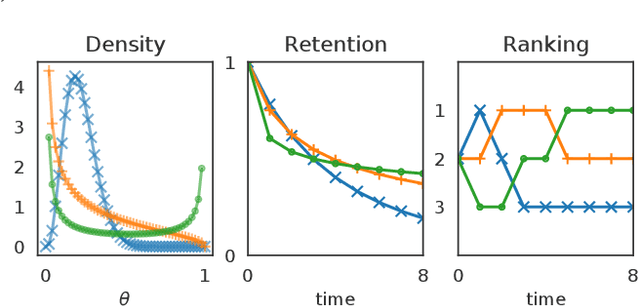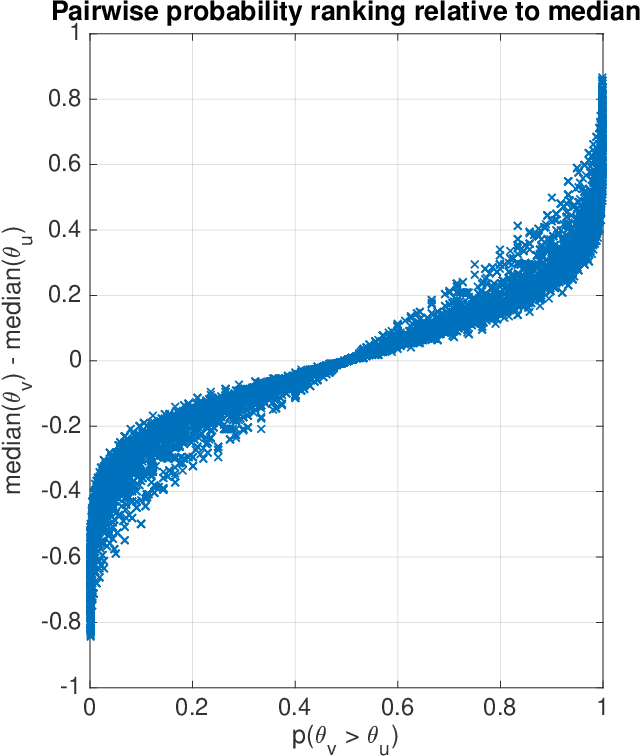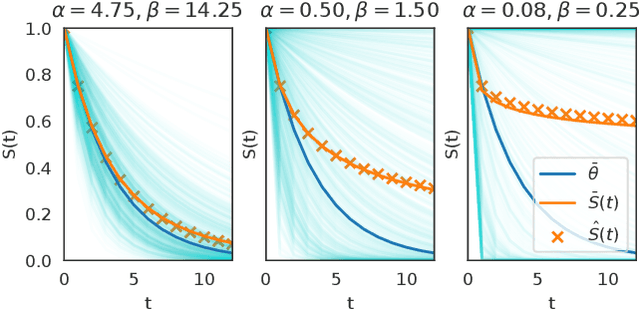Yves Raimond
Developing a Recommendation Benchmark for MLPerf Training and Inference
Apr 14, 2020Abstract:Deep learning-based recommendation models are used pervasively and broadly, for example, to recommend movies, products, or other information most relevant to users, in order to enhance the user experience. Among various application domains which have received significant industry and academia research attention, such as image classification, object detection, language and speech translation, the performance of deep learning-based recommendation models is less well explored, even though recommendation tasks unarguably represent significant AI inference cycles at large-scale datacenter fleets. To advance the state of understanding and enable machine learning system development and optimization for the commerce domain, we aim to define an industry-relevant recommendation benchmark for the MLPerf Training andInference Suites. The paper synthesizes the desirable modeling strategies for personalized recommendation systems. We lay out desirable characteristics of recommendation model architectures and data sets. We then summarize the discussions and advice from the MLPerf Recommendation Advisory Board.
Gradient Boosted Decision Tree Neural Network
Nov 05, 2019

Abstract:In this paper we propose a method to build a neural network that is similar to an ensemble of decision trees. We first illustrate how to convert a learned ensemble of decision trees to a single neural network with one hidden layer and an input transformation. We then relax some properties of this network such as thresholds and activation functions to train an approximately equivalent decision tree ensemble. The final model, Hammock, is surprisingly simple: a fully connected two layers neural network where the input is quantized and one-hot encoded. Experiments on large and small datasets show this simple method can achieve performance similar to that of Gradient Boosted Decision Trees.
Beta Survival Models
May 09, 2019



Abstract:This article analyzes the problem of estimating the time until an event occurs, also known as survival modeling. We observe through substantial experiments on large real-world datasets and use-cases that populations are largely heterogeneous. Sub-populations have different mean and variance in their survival rates requiring flexible models that capture heterogeneity. We leverage a classical extension of the logistic function into the survival setting to characterize unobserved heterogeneity using the beta distribution. This yields insights into the geometry of the problem as well as efficient estimation methods for linear, tree and neural network models that adjust the beta distribution based on observed covariates. We also show that the additional information captured by the beta distribution leads to interesting ranking implications as we determine who is most-at-risk. We show theoretically that the ranking is variable as we forecast forward in time and prove that pairwise comparisons of survival remain transitive. Empirical results using large-scale datasets across two use-cases (online conversions and retention modeling), demonstrate the competitiveness of the method. The simplicity of the method and its ability to capture skew in the data makes it a viable alternative to standard techniques particularly when we are interested in the time to event and when the underlying probabilities are heterogeneous.
 Add to Chrome
Add to Chrome Add to Firefox
Add to Firefox Add to Edge
Add to Edge